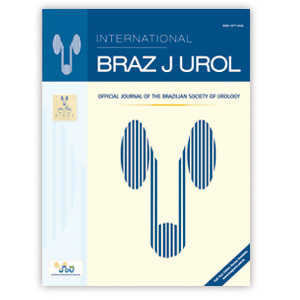ABSTRACT
Purpose
No comprehensive information is available about uterus fatty acid (FA) change during implantation period and possible effects of the seminal vesicle secretion on it.
Materials and Methods
In this study, we evaluated FA composition of uterus phospholipids during the implantation period in intact and seminal vesicle-excised (SVX) mated female mice. Forty NMRI female mice were divided into control (mated with intact male) and seminal vesicle excised (SVX)-mated (mated with SVX-male) groups. The phospholipid fatty acids composition was monitored during the first five days of pregnancy using gas chromatography and also implantation rate was evaluated on fifth day of pregnancy.
Results
We found that levels of linoleic acid (LNA) and arachidonic acid (ARA) showed a decreasing trend from the first to the third day of pregnancy and then started to increase on the fourth day and peaked on the fifth day. In contrast, the level of saturated FA (SFA) increased on the second and third day of pregnancy compared to the first (p<0.05) and then decreased on the fourth and fifth. We also found that the seminal vesicle secretion could affect the levels of LNA, ARA, SFA, and PUFA in uterine phospholipids especially on second and third day. Moreover, there was a positive correlation between ARA level and implantation rate in control but not SVX-mated groups.
Conclusions
It can be concluded that several uterus FA that have important roles in early pregnancy could be affected by seminal vesicle secretion.
Uterus; Seminal Vesicles; Male


